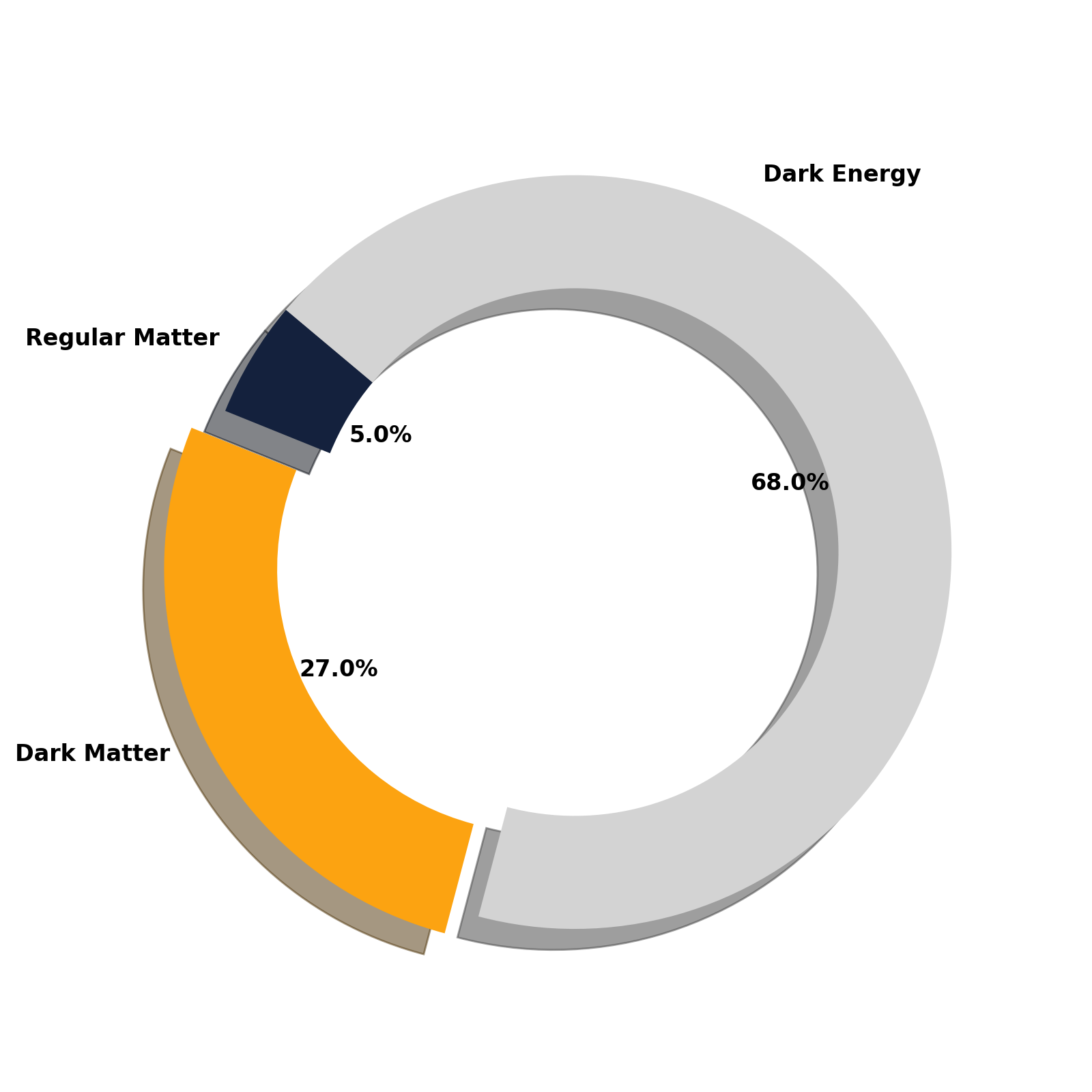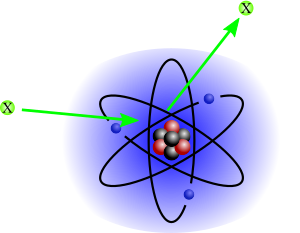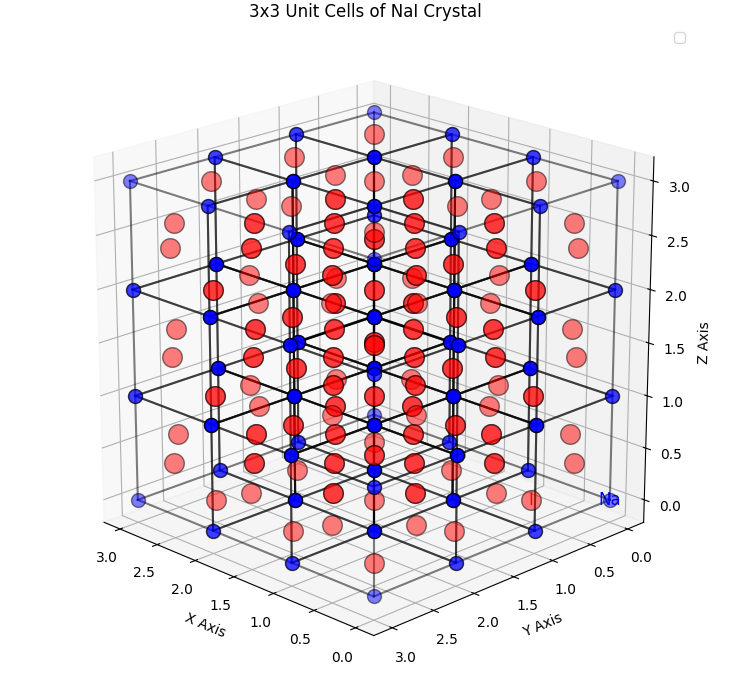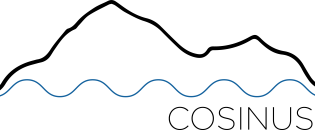Dark Matter: Exploring the Cosmic Mystery
A primer
What is it?
Dark matter makes up for more than a quarter of the matter-energy composition of the universe, exceeding the amount of ordinary, baryonic matter by a factor of about five [1]. Until today the presence of dark matter is discerned by gravitational interactions only and to decipher its real nature remains one of the hot topics of modern physics.
Considering the particle-based nature of the known universe, bound by fundamental forces, it’s logical to hypothesize that dark matter also comprises particles. Yet, these elusive particles are not part of the established Standard Model of particle physics, leading to a global scientific endeavor to identify them.


Since different experiments use diverse target materials, a comparison of their results is only possible when data are interpreted according to a specific dark matter model. The only way to provide a cross-check valid for any (also unknown) dark matter model and verify DAMA/LIBRA’s claim of dark matter discovery is the use of the same target material as DAMA/LIBRA [3], but in a different experiment.
The golden channel to approach these questions is to observe interactions of dark matter particles in earth-bound detectors. At present, numerous direct dark matter searches exist using an impressive variety of different target materials and experimental technologies.
Remarkably though, there is one outlier among them: the DAMA/LIBRA experiment [2]. It observes an annual modulation signal which matches the expected signal from a dark matter particle flux, but is inconsistent with null-results reported by all other direct dark matter searches.

Since different experiments use diverse target materials, a comparison of their results is only possible when data are interpreted according to a specific dark matter model. The only way to provide a cross-check valid for any (also unknown) dark matter model and verify DAMA/LIBRA’s claim of dark matter discovery is the use of the same target material as DAMA/LIBRA [3], but in a
different experiment.
References:
1. R. Adam et al., Planck 2015 results, A& A 594 A1 (2016)
2. R. Bernabei et al., Annual modulation results from DAMA/LIBRA, Int. J. Mod.Phys.Conf.Ser. 51, 2361008 (2023)
3. F.Kahlofer et al., Model-independent comparison of annual modulation and total rate with direct detection experiments, JCAP 05,074 (2018)

